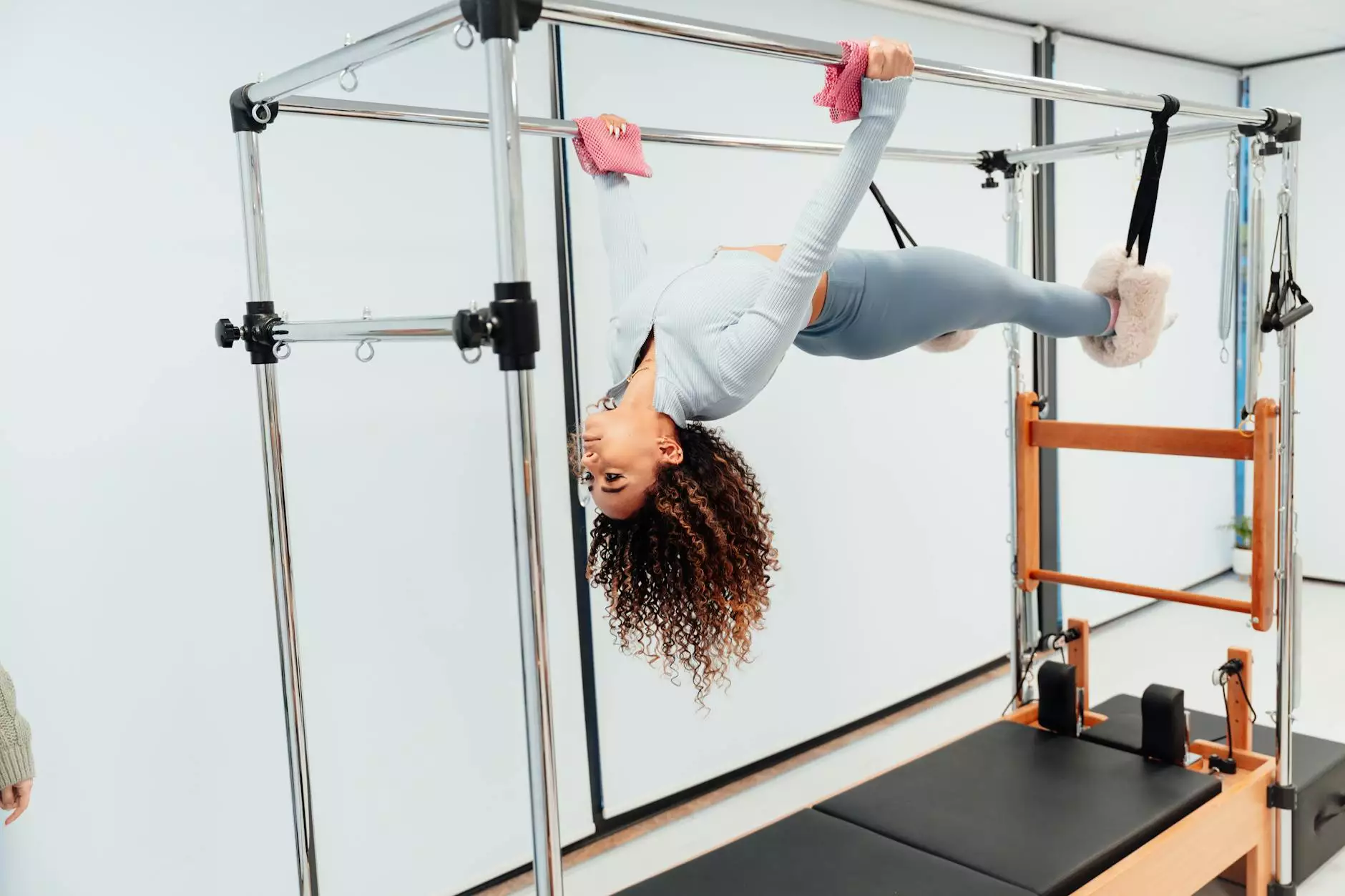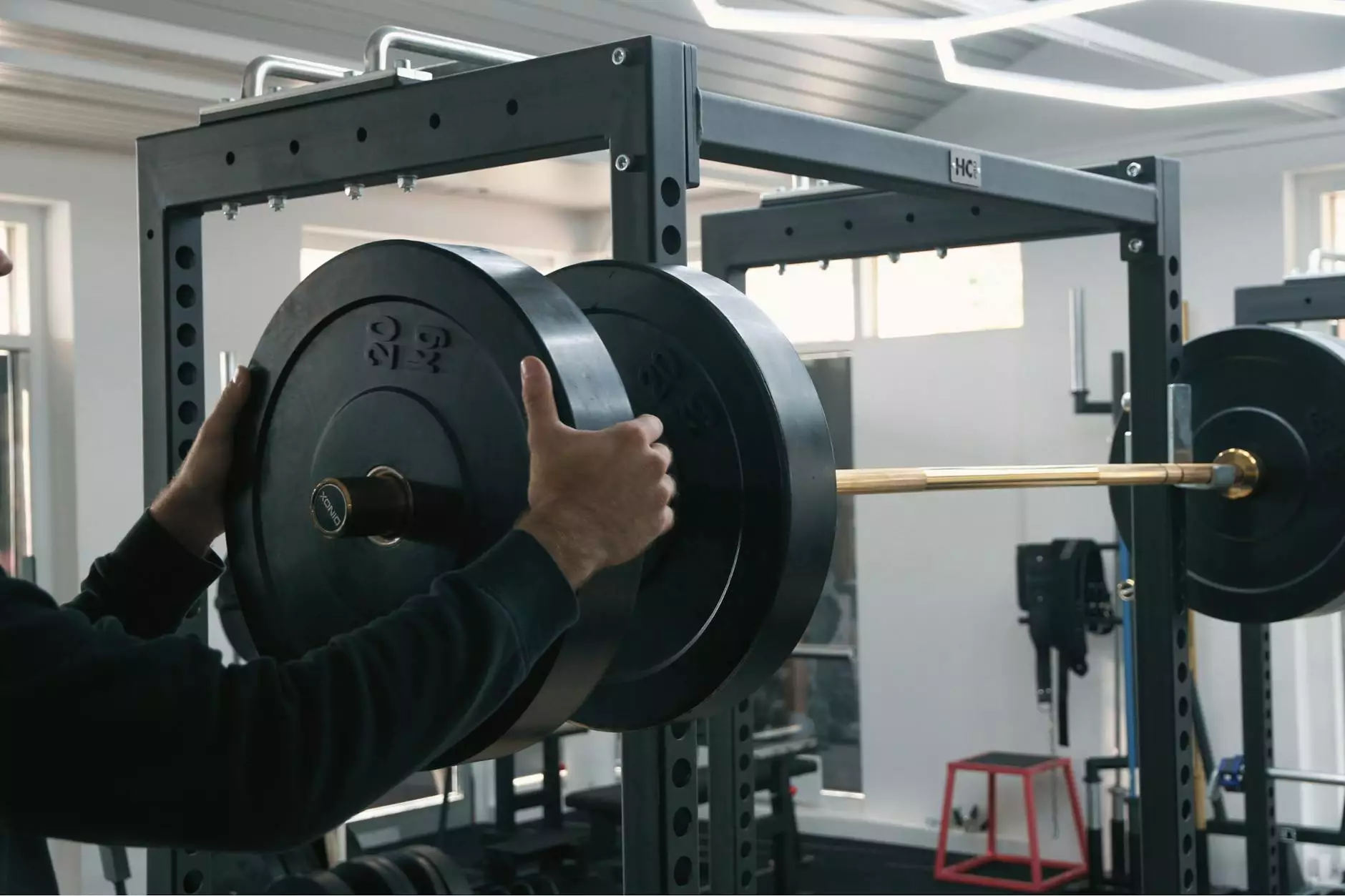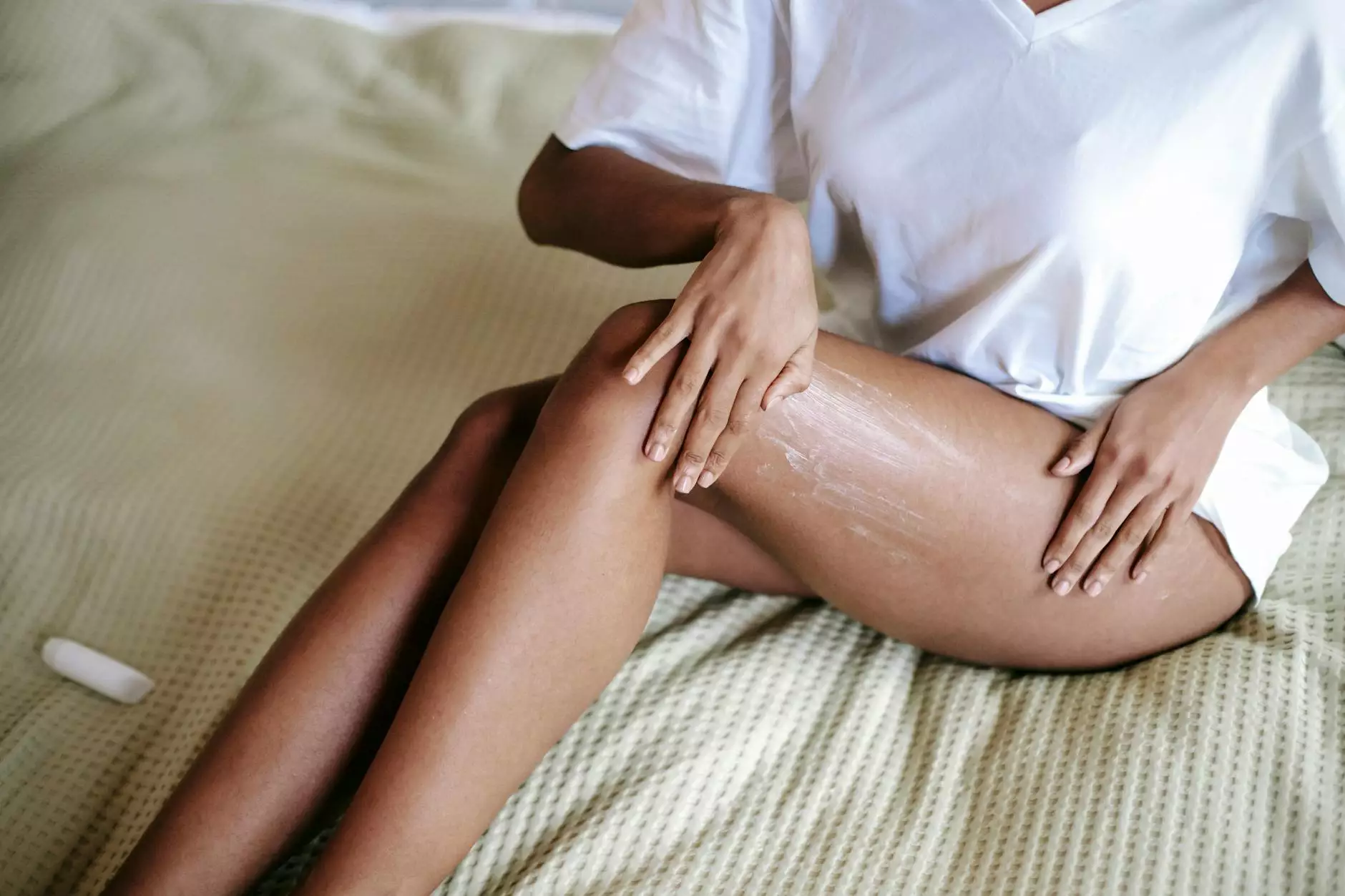Postnatal Pilates for Diastasis Recti: A Comprehensive Guide

Diastasis recti is a common condition that affects many women during and after pregnancy. It involves the separation of the abdominal muscles, which can lead to various physical issues, including core weakness and back pain. Fortunately, postnatal Pilates is an effective way to address diastasis recti and restore abdominal strength. In this article, we will explore how postnatal Pilates can help, the exercises to include, and the holistic benefits of physical activity for new mothers.
Understanding Diastasis Recti
Diastasis recti occurs when the rectus abdominis muscles, commonly referred to as the "six-pack" muscles, are stretched and separated due to the pressure from a growing uterus during pregnancy. This condition can affect women of all shapes and sizes, and it often persists even after childbirth.
Identifying diastasis recti is simple. You can perform a self-check by lying on your back with your knees bent. Place your fingers just above your navel and lift your head slightly off the ground. If you feel a gap of more than two finger widths between your abdominal muscles, you likely have diastasis recti.
The Importance of Postnatal Pilates
Postnatal Pilates combines gentle exercise with focused breathing techniques, making it an ideal choice for women recovering from childbirth. Here are some key reasons why postnatal Pilates is beneficial for those with diastasis recti:
- Strengthening Core Muscles: Pilates focuses on core stability, helping to rebuild strength within the abdominal muscles and support the healing of diastasis recti.
- Improving Posture: Pilates promotes proper alignment and posture, which can alleviate back pain associated with diastasis recti.
- Enhancing Flexibility: The controlled movements in Pilates enhance flexibility, which can support overall body function and recovery.
- Building Mind-Body Connection: Pilates emphasizes awareness of movement and breath, helping mothers reconnect with their bodies post-pregnancy.
- Promoting Relaxation: Engaging in Pilates can reduce stress and anxiety, creating a more positive postpartum experience.
Key Postnatal Pilates Exercises for Diastasis Recti
Before starting any exercise regimen, it's essential to consult with a healthcare provider, especially after childbirth. Once cleared to proceed, consider incorporating the following postnatal Pilates exercises to support healing from diastasis recti:
1. Pelvic Tilts
Pelvic tilts are a foundational exercise in Pilates that engages the core and helps reintegrate the abdominal muscles. To perform:
- Lie on your back with your knees bent and feet flat on the floor.
- Inhale deeply, and as you exhale, gently tilt your pelvis upward, pressing your lower back into the mat.
- Hold for a moment and return to the starting position. Repeat for 10-15 repetitions.
2. Modified Plank
The modified plank is excellent for gradually rebuilding core strength without straining the abdominal muscles:
- Start on your hands and knees, ensuring your wrists are aligned under your shoulders.
- Keep your knees on the ground and extend your body forward into a modified plank position.
- Engage your core, holding the position for 10-20 seconds. Work up to longer durations as you gain strength.
3. Side-Lying Leg Lifts
Side-lying leg lifts focus on the hip and glute muscles while stabilizing the core:
- Lie on your side with your legs stacked on top of one another.
- Engage your core and lift your top leg while keeping it straight, making sure not to rotate your hips.
- Lower your leg back down without letting it touch the bottom leg. Perform 10-15 repetitions on each side.
4. The Hundred
The Hundred is a classic Pilates exercise that promotes core stability:
- Lie on your back with your knees bent. Lift your head, neck, and shoulders off the mat.
- Extend your legs to a 45-degree angle and pulse your arms up and down while inhaling for five counts and exhaling for five counts.
- Focus on keeping your core engaged throughout the exercise. Aim for a total of 100 pulses.
Consulting with Professionals
While these exercises are a great starting point, it’s crucial to work with qualified professionals, especially if you experience severe diastasis recti. Here’s how engaging with experts can enhance your recovery:
- Physical Therapists: A physical therapist specializing in postpartum recovery can provide personalized assessments and tailored exercise plans.
- Pilates Instructors: Certified Pilates instructors can guide you through safe and effective exercises specifically designed for healing diastasis recti.
- Nutritionists: Nourishing your body post-pregnancy with the right nutrition can support muscle recovery and overall health.
Creating a Postnatal Pilates Routine
Implementing a consistent routine can significantly enhance your recovery from diastasis recti. Here are some steps to create an effective postnatal Pilates routine:
- Schedule Sessions: Aim for 2-3 Pilates sessions per week to allow your body to adapt and recover.
- Focus on Breath: Prioritize deep, controlled breathing throughout each exercise to enhance core engagement.
- Track Progress: Keep a journal or use a fitness app to track your improvements in strength and flexibility.
- Listen to Your Body: Pay attention to how your body feels during and after each session, adjusting as necessary.
Benefits Beyond Physical Recovery
Engaging in postnatal Pilates offers benefits that extend beyond physical recovery. Here are additional ways it positively impacts new mothers:
- Mental Health: Regular exercise, including Pilates, releases endorphins that can help alleviate postpartum depression and anxiety.
- Social Support: Joining a postnatal Pilates class can help mothers connect with others, enhancing social bonds and support networks.
- Empowerment: Rebuilding strength and fitness can instill a sense of accomplishment, helping women regain confidence in their post-pregnancy bodies.
Final Thoughts on Postnatal Pilates and Diastasis Recti
Postnatal Pilates is a powerful tool for women looking to heal from diastasis recti and regain their strength after childbirth. By incorporating specific exercises, connecting with experts, and maintaining a consistent routine, mothers can experience profound improvements in their physical health and emotional well-being.
If you are struggling with diastasis recti or simply wish to support your postpartum recovery, consider trying postnatal Pilates at HelloPhysio. With professional guidance and the right resources, you can successfully navigate your postpartum journey and embrace a healthier, stronger you.
postnatal pilates diastasis recti








